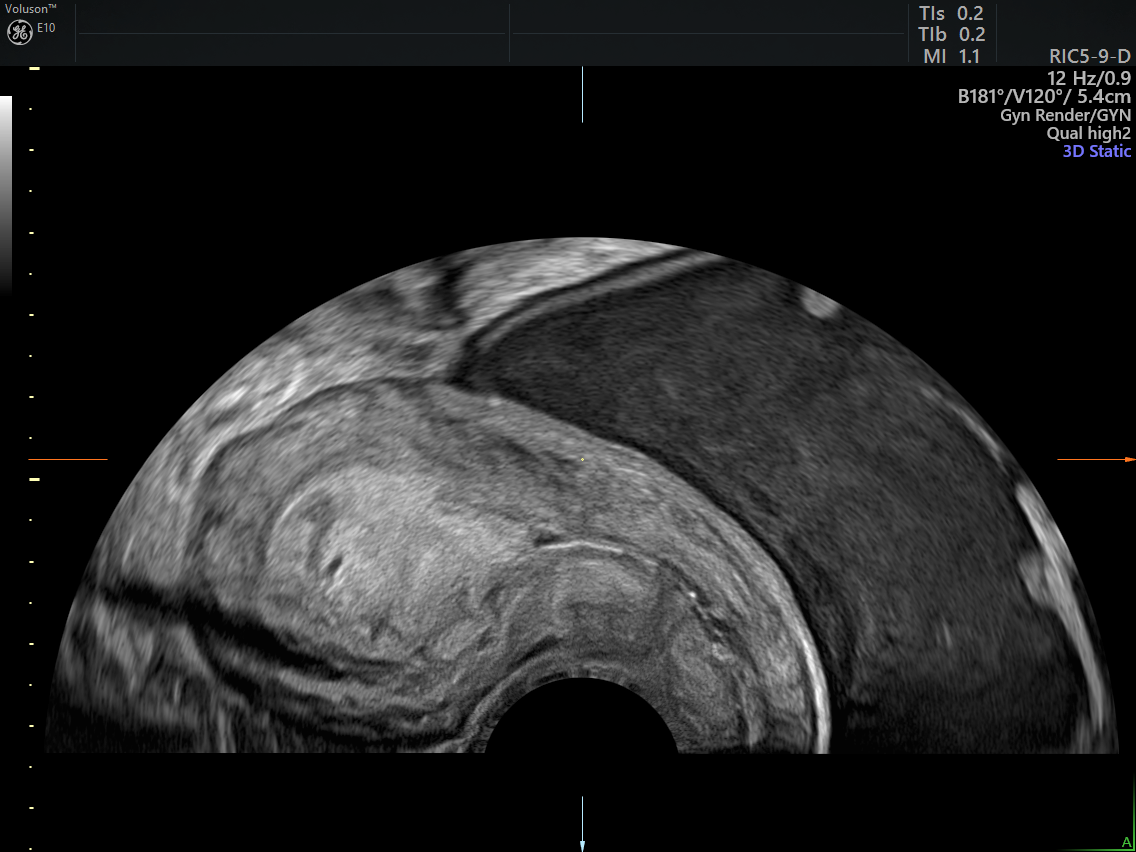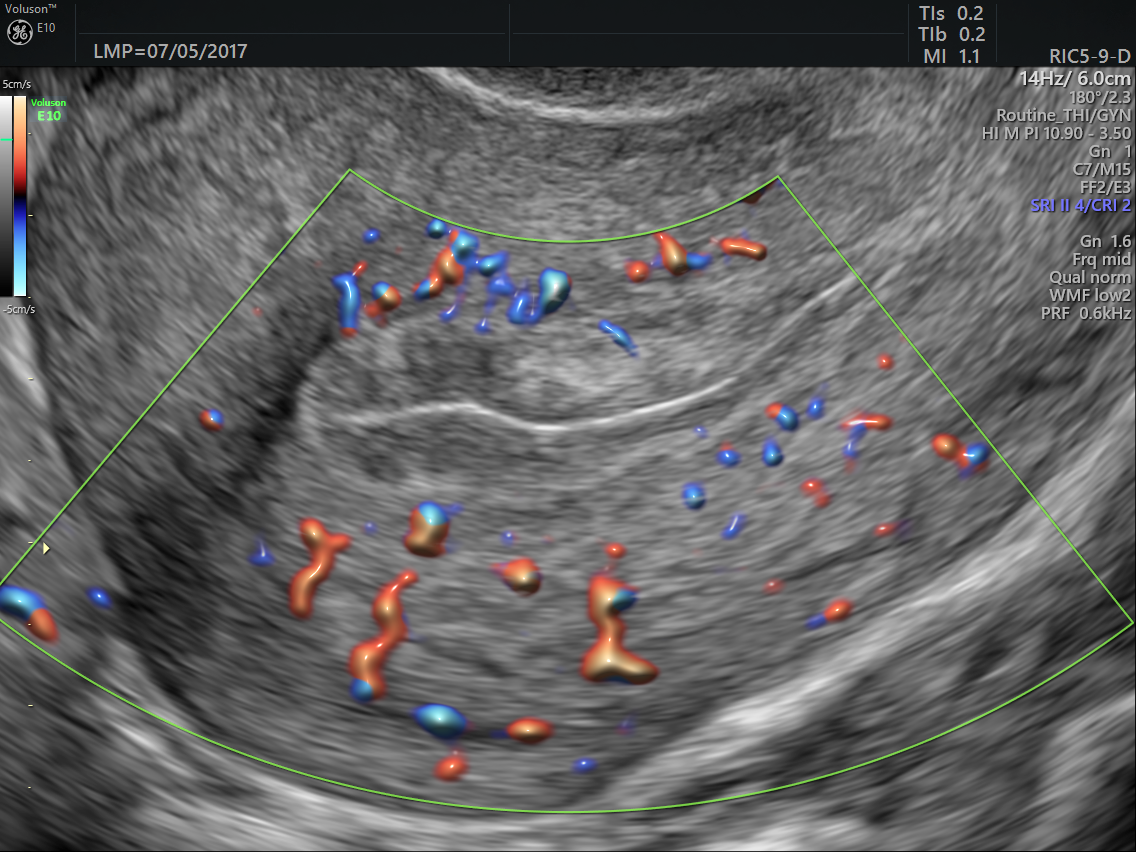The field of postmenopausal gynecology is rapidly expanding. According to a Population Reference Bureau bulletin titled "America's Aging Population," an estimated 40 million people in the U.S. are 65 or older. That number is expected to reach 89 million by 2050, accounting for more than 20 percent of the country's population. These statistics highlight a remarkable opportunity for gynecologists to grow their patient base by providing exceptional care to postmenopausal women.
Different Patients, Different Needs
Postmenopausal gynecology involves the medical care of women who have stopped menstruating. This group of patients has unique needs and concerns that differ from those of younger women. Rather than focusing on issues such as menstrual problems, fertility and pregnancy, postmenopausal women tend to visit their physicians with concerns related to pelvic health, explained Dr. Steven Goldstein, a gynecologist based in New York.
Two of the most common causes of postmenopausal bleeding are use of hormone replacement therapy and age-related atrophy of the endometrium and vagina. Other causes of bleeding in this population include endometrial polyps, uterine fibroids, hyperplasia and infections of the uterus or cervix. For this reason, physicians who practice postmenopausal gynecology need diagnostic tools that can quickly and precisely determine the cause of bleeding.
Investing in the Right Tools for Your Postmenopausal Gynecology Practice
3D transvaginal ultrasound is an indispensable tool of the trade for a postmenopausal gynecology practice because it can reconstruct the coronal plane to represent the uterus more realistically than standard 2D ultrasound. It is the first-line technique for identifying causes of postmenopausal bleeding and uterine adhesions.

Rendered 3D image - hyperplasia

Color Doppler - Endometrial Polyp
Compared with other approaches such as endometrial biopsy and CT scans, 3D transvaginal ultrasound is convenient and cost effective. Gynecologists with postmenopausal patients should consider investing in this technology to offer in-house evaluations. This eliminates the need to refer patients to off-site facilities for additional examinations and reduces the risk of mishandling patient data.
"There's a difference between examination by referral and examining your own patients with transvaginal ultrasound," explained Dr. Goldstein. "Every time information is passed off by someone else, there's the chance for error."
Having the right tools at your fingertips can improve patient care, particularly for gynecologists with a focus on postmenopausal patients. Addressing this population's distinct needs and medical concerns can separate your practice from the pack, all while strengthening relationships and trust with these aging patients.





